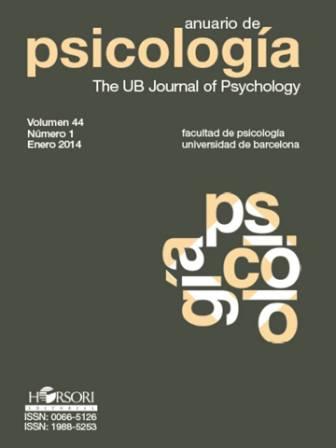Validez de constructo del Test de Pensamiento Creativo de Torrance en una muestra de jóvenes argentinos
Palabras clave:
creatividad, Test de Pensamiento Creativo de Torrance, análisis factorial confirmatorio, validez de constructoResumen
Este artículo tiene por objetivo aportar evidencias acerca de la validezde constructo del Test de Pensamiento Creativo de Torrance de figuras (1974,Torrance Test of Creative Thinking [TTCT]). El TTCT es uno de los instrumentosmás utilizados a nivel internacional para evaluar la creatividad. Desdesu creación hasta la actualidad, se han realizado múltiples estudios acercade su validez de constructo. En consonancia con ello, se han postulado teóricamentey, en algunos casos, puesto a prueba empíricamente, diferentes modelosexplicativos. Sin embargo, aún no hay acuerdo respecto de cuál de estosmodelos explica mejor la estructura interna del test. En este trabajo participaron465 universitarios argentinos de ambos sexos. En función de la literaturaprevia, se contrastaron los índices de ajuste de seis modelos explicativos de laestructura factorial del TTCT. El modelo que mostró mejores índices de ajustefue el propuesto originalmente por Kim (2006): χ2 = 10,16; gl = 3; p <,05;GFI =,99, NFI =,97; AIC = 34,16 y RMSEA =,07. Este modelo postula que elTTCT de figuras se compone de dos factores: Innovador y Adaptativo, loscuales incluyen las habilidades postuladas por Torrance (1974).Descargas
Publicado
2014-04-04
Número
Sección
Artículos
Licencia
El/la autor/a que publica en esta revista está de acuerdo con los términos siguientes:
El/la autor/a cede en exclusiva todos los derechos de propiedad intelectual al/la editor/a para todo el mundo y toda la duración de los derechos de propiedad intelectual vigentes aplicables.
El/la autor/a puede difundir una copia de sus artículos respetando la política de acceso libre de la revista.


